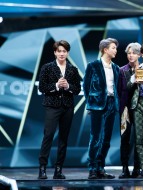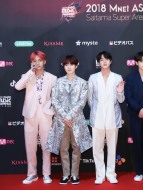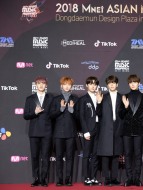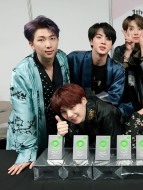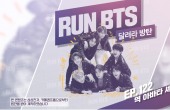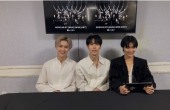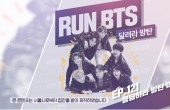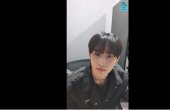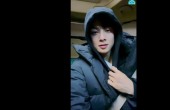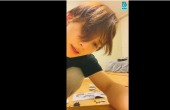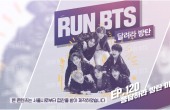Home > Fashion
Guilt-free shopping spree without spending a dime
By Im Eun Byel
“I just spent over 15 million won ($14,000) on shopping.”
A popular beauty vlogger’s recent post created buzz in the YouTube community. It wasn’t violent, disgusting or sexual -- it was lavish.
In the clip, the vlogger excitedly explained how she spent some 15 million won on bags, clothes and shoes from a high-end fashion brand.
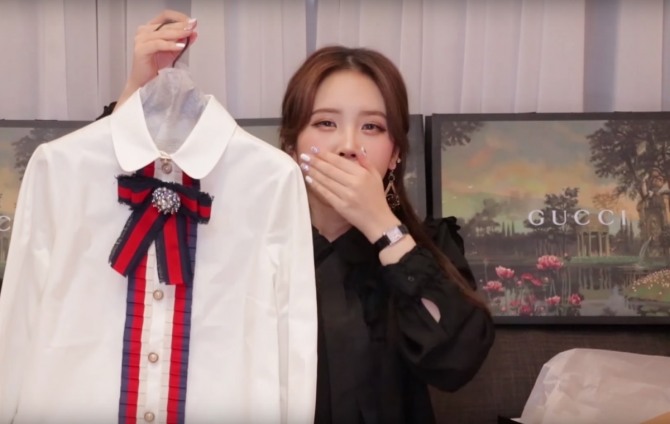 |
| Beauty vloggers introduce luxury goods they have purchased. The two vloggers spent more than 15 million won ($14,000) each buying clothes, bags and shoes. (YouTube) |
The clip is part of the “luxury haul” trend, where vloggers talk about their shopping sprees. The vlogger is not the only to have posted a video about spending a fortune. Around 16,500 results came up, in relation to the trend, when searched in Korean.
“Haul videos,” in which YouTubers showcase purchased items, have been a long-standing trend abroad. The term was coined when tech-savvy vloggers started to share detailed information on electronic goods.
As beauty vloggers posted clips titled “cosmetics haul,” the format transformed into a showcase of newly purchased makeup products.
It became popular content on YouTube, as beauty gurus talked about why certain items were amazing and why viewers should buy them right away.
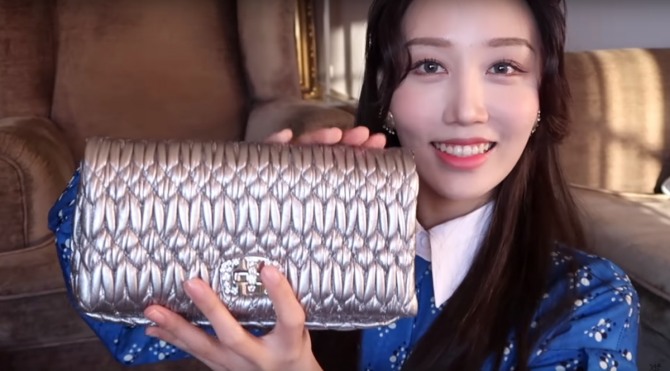 |
| Beauty vloggers introduce luxury goods they have purchased. The two vloggers spent more than 15 million won ($14,000) each buying clothes, bags and shoes. (YouTube) |
The strategy was to spend more money, and then came the luxury haul trend, where YouTubers tell you how much money they spent shopping for expensive items from Chanel, Gucci, Dior and so on.
In Korea, where the phenomenon is a relatively recent trend, the videos have caused a storm.
While some view the trend as proof of capitalism, others are reprehending the act as “bragging.”
“Online users were once fascinated with reading posts about luxury goods, but videos are much more realistic than pictures, making it possible for the viewers to be immersed in the content,” said Gong Jung-sik, a professor of Korean Agency of Psychology Science. “Through the videos, viewers overcome the limitations of reality.”
But there are also those who are supportive of the product-centric trend.
“It’s called a vicarious thrill. They buy something that I can never buy. It’s not just about buying luxury goods. Vloggers buy fancy items with bright colors and extravagant details,” Yoon Ji-hye, a 25-year-old student said. “It’s not possible for me, never. This is the closet way that I can get to the goods.”
Many share the feelings of Yoon. On the posts, users leave comments, thanking the creators for showing a visually satisfactory clip. A viewer’s comment on a luxury haul post read, “Thanks to the video, I now know a wider variety of luxury goods. It will give insight into making a smarter choice.”
The sensational videos have raised concerns that they could lead to excessive competition. Some vloggers have even performed outrageous acts to maintain their high view counts.
The founding father of the luxury haul trend, Jeffree Star, went a step further than just displaying what he had bought -- he destroyed them.
The makeup artist’s video of cutting a Chanel handbag with a hot knife came under fire, with many heavily criticizing the behavior.
There are no prescribed limits on what a YouTuber can upload on the streaming service, as long as it’s not violent or illegal. “It’s a creator’s freedom to decide what to upload,” an official from the video-sharing website said.
Recognizing the seriousness of the issue, certain vloggers are trying to re-establish their fame with “anti-haul” posts, where they combat “virulent consumerism,” showing viewers what not to buy.
Beauty vlogger Kimberly Clark began the new trend of anti-haul videos, uploading a video of “What I Will Not Buy,” which reached 100,000 hits. The drag queen paved the way for more vloggers to follow suit.
In an interview with a fashion magazine, Clark asserted that understanding the personal consumerist tendency is important, as it is directly related to the way society deals with major issues. It is her belief that “small interactions with capitalism” have a lasting impact.
Clark, arguing that consumers (viewers) have to be smarter, emphasized that she loves shopping and she is not against the joy of buying things.
She said, “I’m most proud of the descriptions of how my anti-hauls help people in a more general sense -- changing the way they interact with the world in regards to consumerism.”
In Korea, “anti-haul” is still limited to the realms of electronic products. There are videos of why one should not buy the latest smartphone, drone, audio system and car. But it seems that it is going to take a while for the beauty/fashion scene to be affected by the new trend.
Meanwhile, viewers like Yoon are tuning into YouTube channels with product-oriented clips. Yoon said, “It is satisfying to see what people have spent their money on. We actually buy things when we are stressed out. It’s the same, without the money-wasting aspect. It’s free.”
By Im Eun-byel (silverstar@heraldcorp.com)
By Im Eun Byel (chrissy93@heraldcorp.com)









